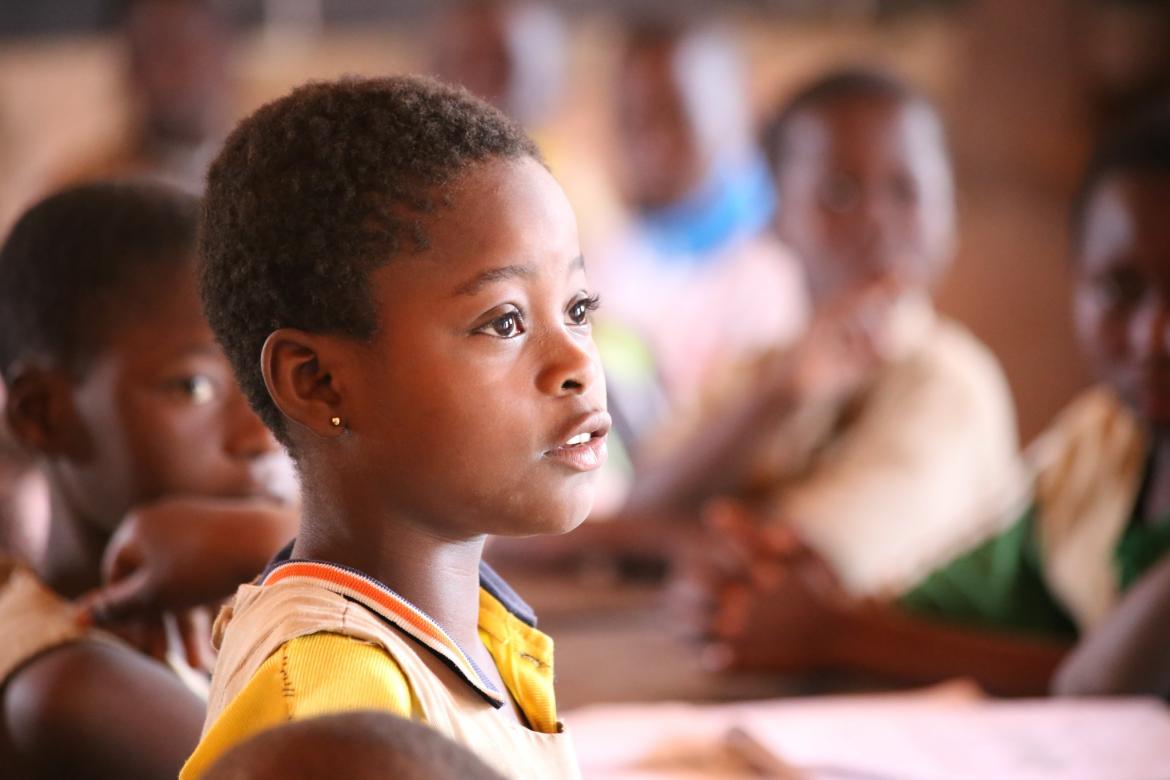
Education is a fundamental human right and a powerful tool for breaking the cycle of poverty, yet millions of girls across Africa still face significant barriers to accessing quality education. While progress has been made in recent years, challenges remain, and the path forward requires collective action, innovation, and commitment. In this blog, we’ll explore the progress made, the challenges that persist, and the way forward for girls’ education in Africa.
Progress in Girls’ Education
Over the past two decades, Africa has seen remarkable strides in improving access to education for girls. Here are some key achievements:
- Increased Enrollment Rates:
Many African countries have made significant progress in getting more girls into school. For example, countries like Uganda, Rwanda, Ethiopia, and Kenya have achieved near gender parity in primary school enrollment. - Policy Reforms:
Governments and organizations have implemented policies to promote girls’ education, such as abolishing school fees, providing free sanitary products, and enacting laws against child marriage. - Community-Led Initiatives:
Grassroots organizations and local communities have played a critical role in advocating for girls’ education, creating safe spaces for learning, and addressing cultural barriers. - Global Support:
International organizations like UNICEF, the Global Partnership for Education, Tez ChildFund Africa and Malala Fund have invested heavily in programs to support girls’ education across the continent.
Challenges Facing Girls’ Education
Despite the progress, significant challenges remain:
- Poverty:
Many families cannot afford school fees, uniforms, or supplies, forcing them to prioritize boys’ education over girls’. - Cultural Norms and Gender Stereotypes:
In some communities, girls are expected to marry early or take on domestic responsibilities, limiting their opportunities for education. - Lack of Safe Learning Environments:
Many girls face harassment, violence, or long, unsafe journeys to school, which discourages attendance. - Menstrual Health Management:
The lack of access to sanitary products and proper sanitation facilities in schools often forces girls to miss classes or drop out altogether. - Conflict and Crisis:
In regions affected by conflict or humanitarian crises, girls are disproportionately affected, with schools often being targeted or destroyed.
The Way Forward
To ensure that every girl in Africa has access to quality education, we must address these challenges through a multi-faceted approach:
- Invest in Infrastructure:
Governments and organizations must build more schools, especially in rural areas, and ensure they are equipped with proper sanitation facilities, clean water, and safe learning environments. - Tackle Cultural Barriers:
Community engagement and awareness campaigns can help shift attitudes about girls’ education and challenge harmful practices like child marriage. - Provide Financial Support:
Scholarships, cash transfer programs, and free school supplies can alleviate the financial burden on families and encourage them to send their daughters to school. - Promote Menstrual Health:
Distributing free sanitary products and educating girls and communities about menstrual health can reduce absenteeism and dropout rates. - Leverage Technology:
Digital learning platforms and mobile technology can help reach girls in remote areas and provide flexible learning opportunities. - Empower Girls Through Mentorship:
Mentorship programs and role models can inspire girls to stay in school, pursue higher education, and break gender stereotypes. - Strengthen Policies and Advocacy:
Governments must enforce laws that protect girls’ rights to education and work with international partners to secure funding and resources.
Conclusion
Girls’ education is not just a moral imperative; it is a catalyst for economic growth, social development, and gender equality. While Africa has made significant progress, there is still much work to be done to ensure that every girl has the opportunity to learn, grow, and thrive. By addressing the challenges and investing in innovative solutions, we can create a brighter future for girls across the continent—and for Africa as a whole.
Let’s join hands to empower African girls through education. After all, when you educate a girl, you educate a nation.
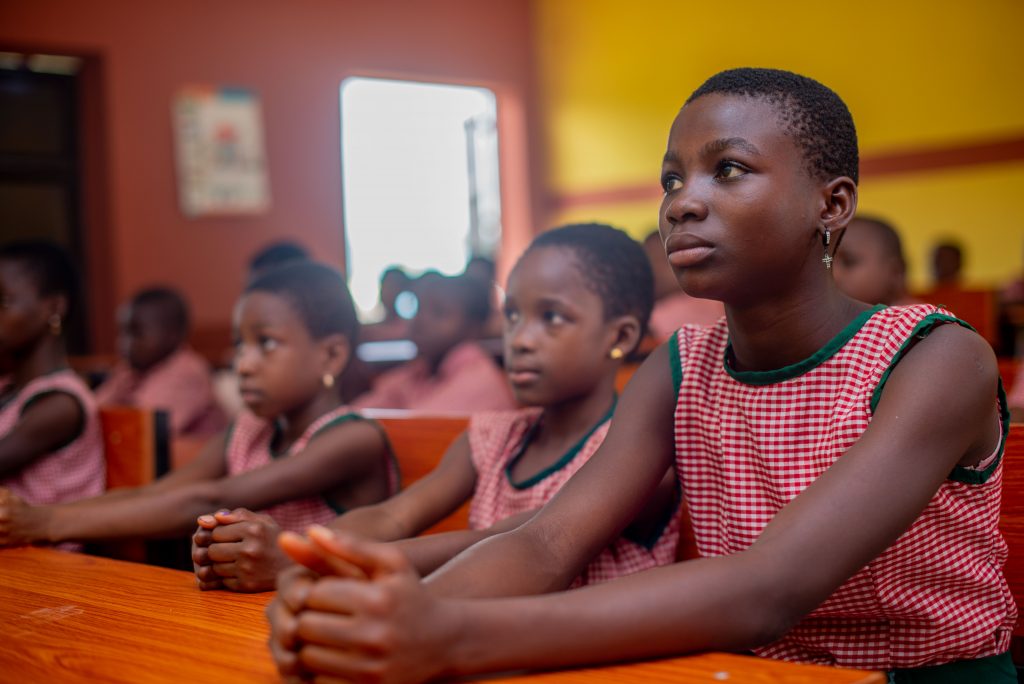



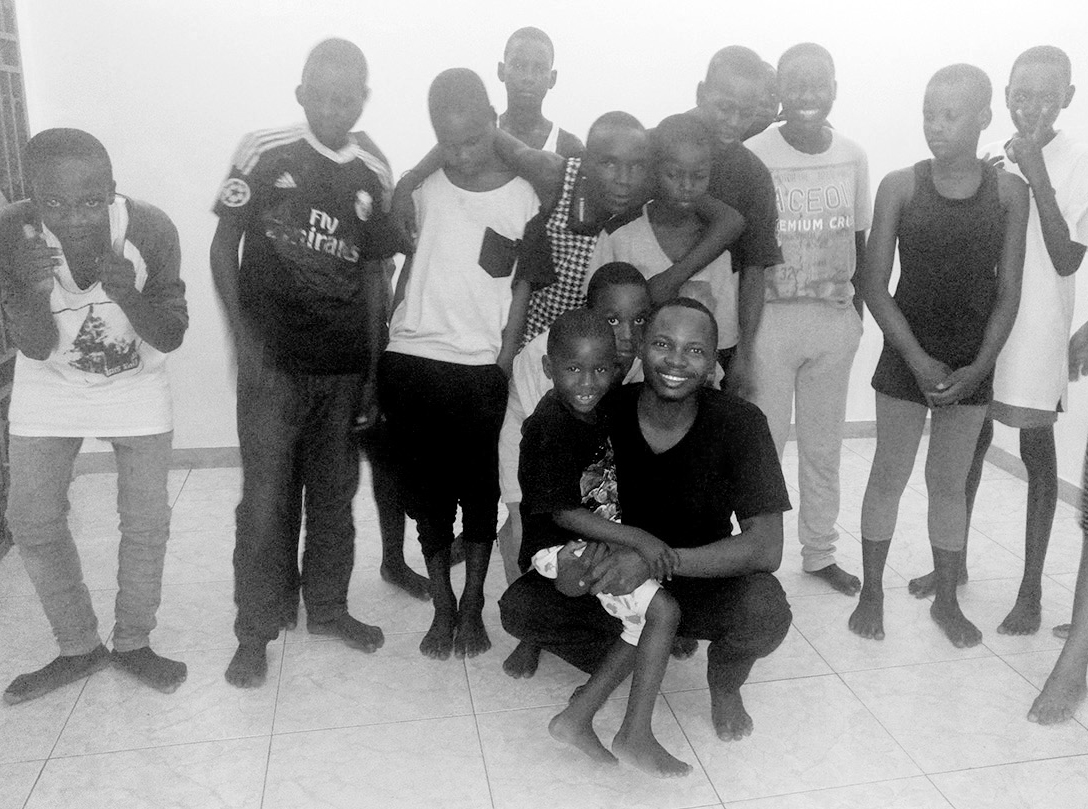
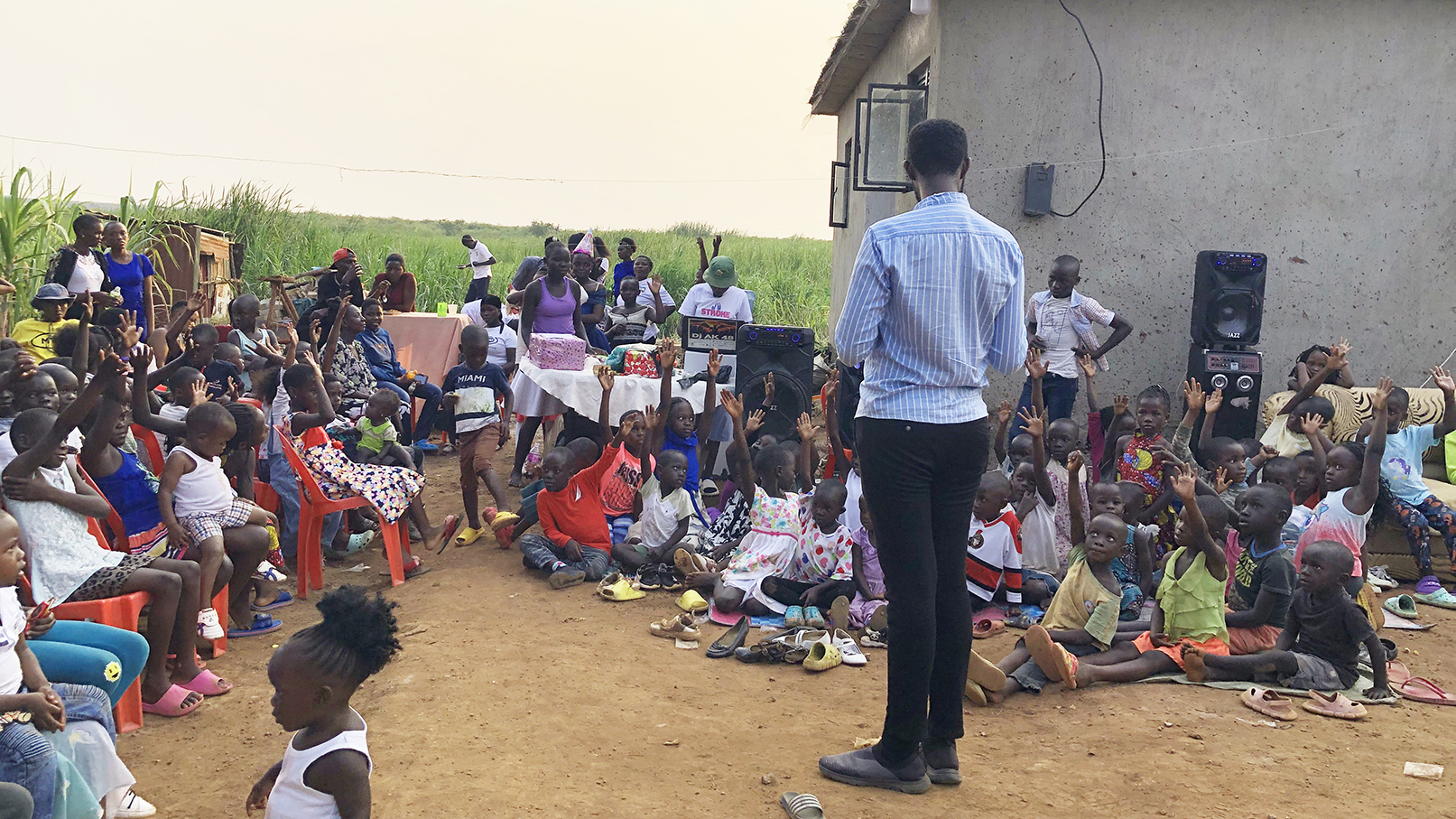
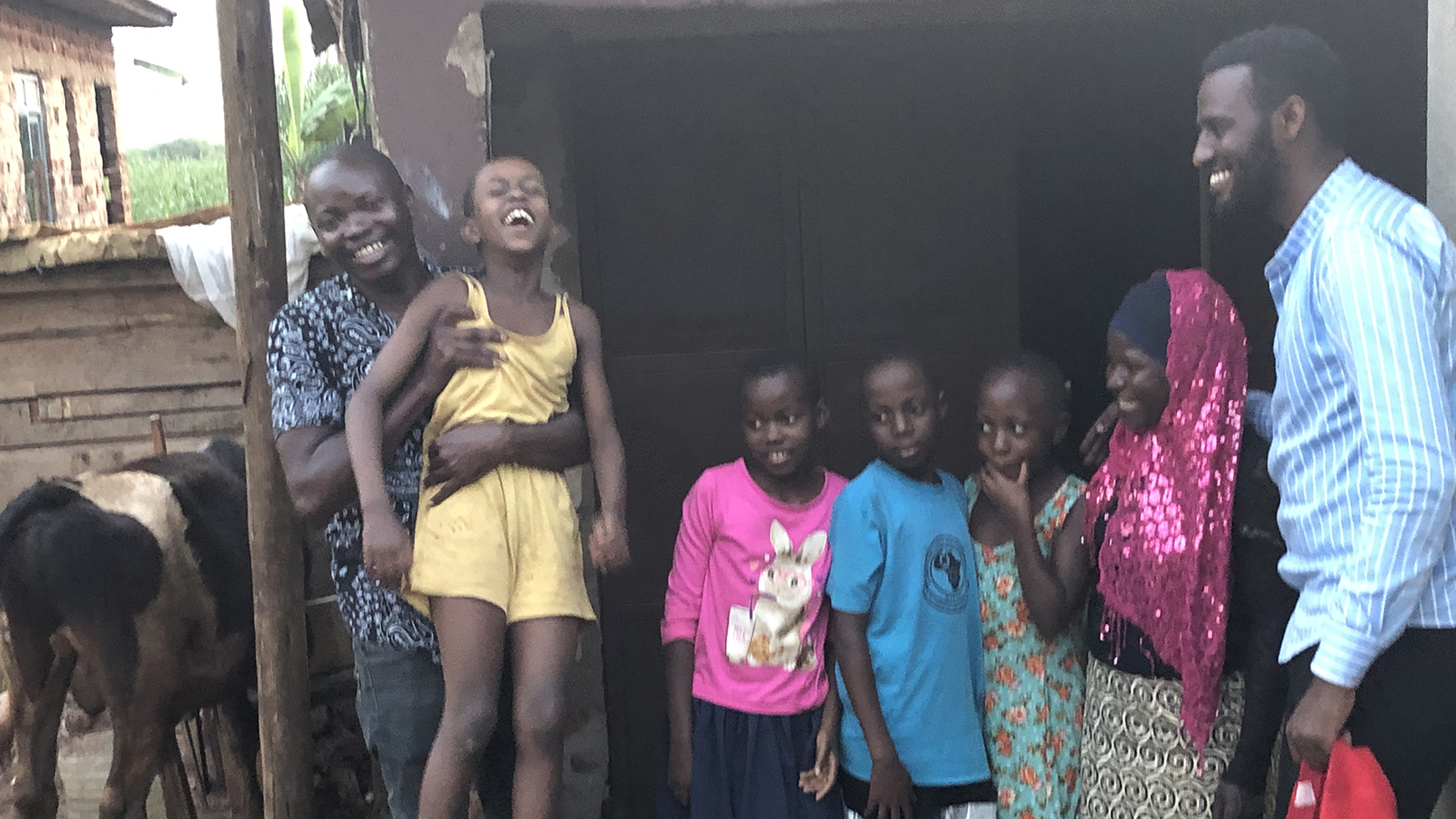
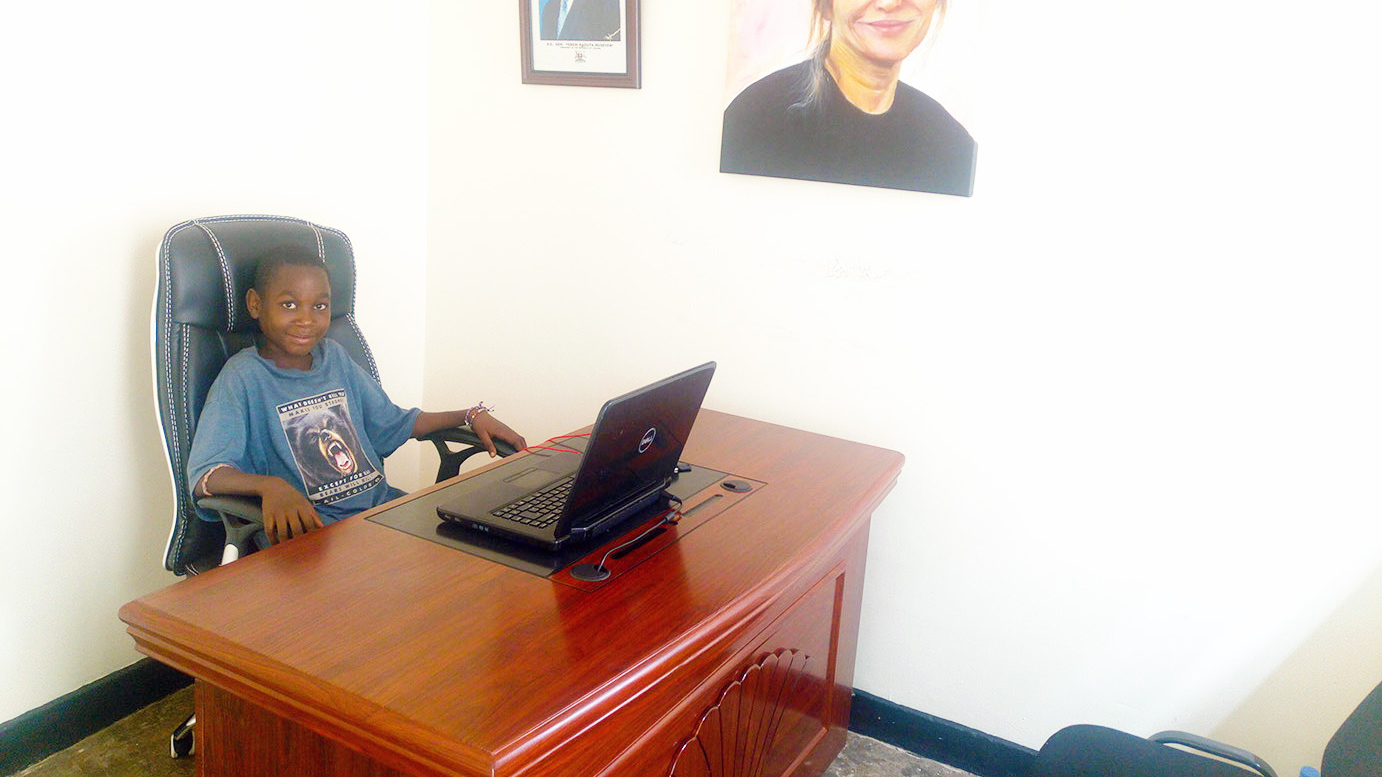
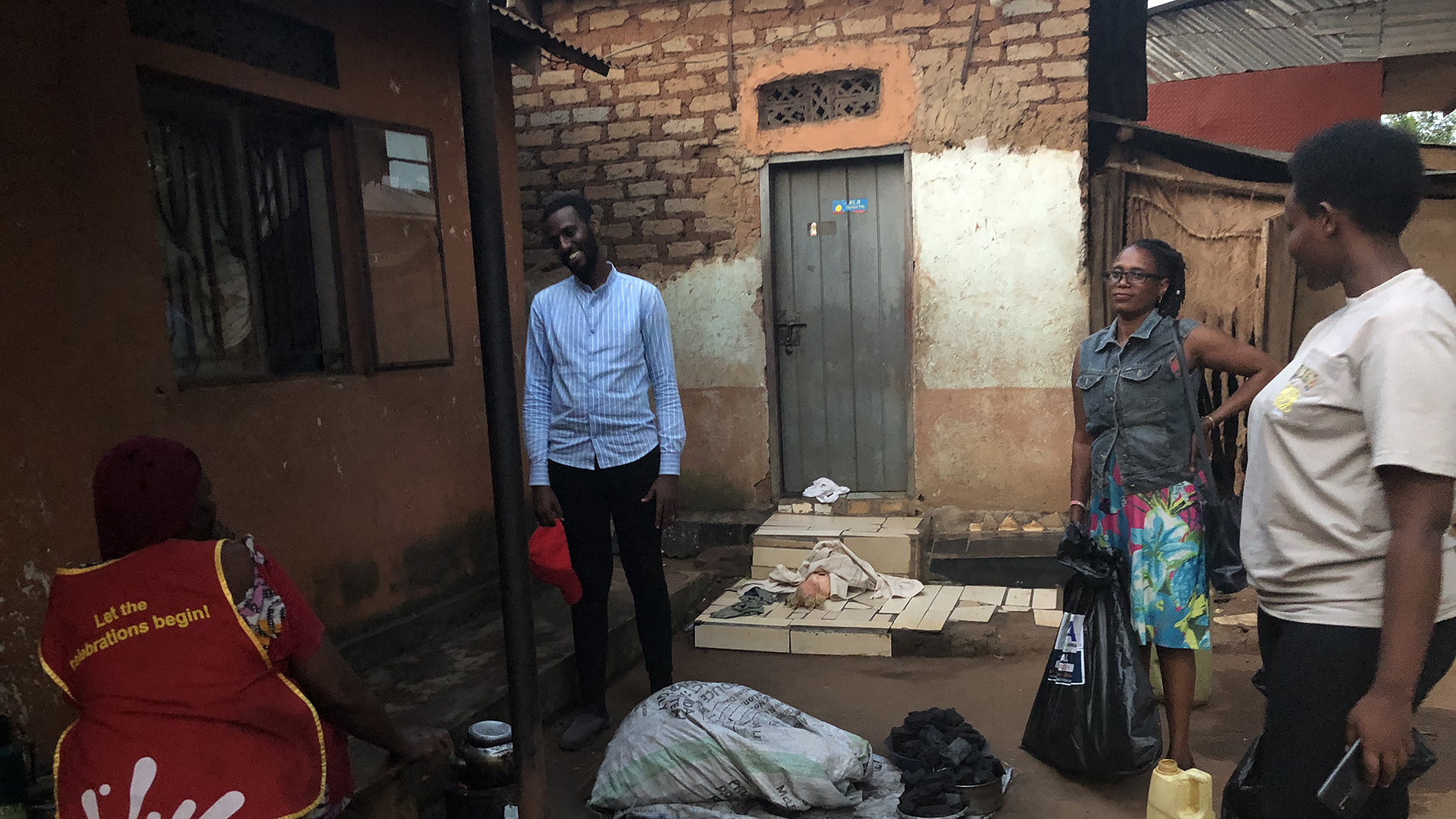
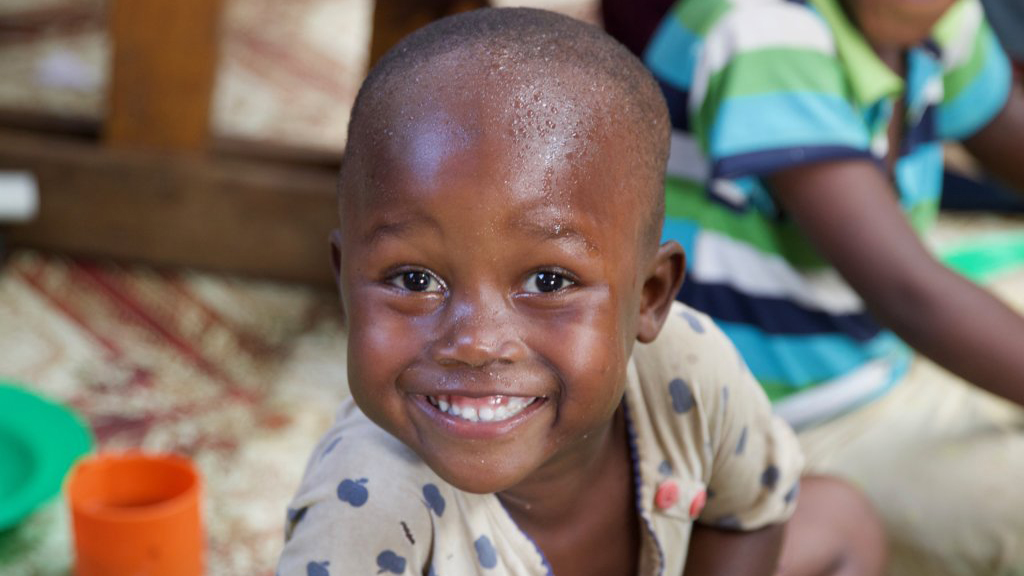
500 responses to “Girls’ Education in Africa: Progress, Challenges, and the Way Forward”
uyJINimX RNBM KjRbHd rbnrS
Awesome https://is.gd/tpjNyL
Awesome https://shorturl.at/2breu
Awesome https://shorturl.at/2breu
Awesome https://shorturl.at/2breu
Very good https://lc.cx/xjXBQT
Very good https://lc.cx/xjXBQT
Awesome https://lc.cx/xjXBQT
Awesome https://lc.cx/xjXBQT
Very good https://lc.cx/xjXBQT
Very good https://lc.cx/xjXBQT
Very good https://t.ly/tndaA
Awesome https://t.ly/tndaA
Good https://t.ly/tndaA
Awesome https://urlr.me/zH3wE5
Awesome https://urlr.me/zH3wE5
Very good https://urlr.me/zH3wE5
Very good https://rb.gy/4gq2o4
Very good https://rb.gy/4gq2o4
Awesome https://rb.gy/4gq2o4
Awesome https://rb.gy/4gq2o4
Awesome https://rb.gy/4gq2o4
Good https://rb.gy/4gq2o4
Awesome https://rb.gy/4gq2o4
Awesome https://is.gd/N1ikS2
Good https://is.gd/N1ikS2
Very good https://is.gd/N1ikS2
Very good https://is.gd/N1ikS2
Very good https://is.gd/N1ikS2
Very good https://is.gd/N1ikS2
Awesome https://is.gd/N1ikS2
Good https://is.gd/N1ikS2
Very good https://is.gd/N1ikS2
Awesome https://is.gd/N1ikS2
Awesome https://is.gd/N1ikS2
Very good https://is.gd/N1ikS2
Very good https://is.gd/N1ikS2
Very good https://is.gd/N1ikS2
Awesome https://is.gd/N1ikS2
Awesome https://is.gd/N1ikS2
Good https://is.gd/N1ikS2
Very good https://is.gd/N1ikS2
Very good https://is.gd/N1ikS2
Awesome https://is.gd/N1ikS2
Good https://is.gd/N1ikS2
Good https://is.gd/N1ikS2
Awesome https://is.gd/N1ikS2
Good https://is.gd/N1ikS2
Very good https://is.gd/N1ikS2
Very good https://is.gd/N1ikS2
Very good https://is.gd/N1ikS2
Good https://is.gd/N1ikS2
Good https://is.gd/N1ikS2
Awesome https://is.gd/N1ikS2
Good https://is.gd/N1ikS2
Awesome https://is.gd/N1ikS2
Cool partnership https://shorturl.fm/a0B2m
Best partnership https://shorturl.fm/A5ni8
Best partnership https://shorturl.fm/A5ni8
Top https://shorturl.fm/YvSxU
Awesome https://shorturl.fm/oYjg5
Very good https://shorturl.fm/TbTre
Best partnership https://shorturl.fm/A5ni8
Top https://shorturl.fm/YvSxU
Cool partnership https://shorturl.fm/FIJkD
https://shorturl.fm/YvSxU
https://shorturl.fm/9fnIC
https://shorturl.fm/N6nl1
https://shorturl.fm/YvSxU
https://shorturl.fm/bODKa
https://shorturl.fm/FIJkD
https://shorturl.fm/68Y8V
https://shorturl.fm/a0B2m
https://shorturl.fm/a0B2m
https://shorturl.fm/9fnIC
https://shorturl.fm/oYjg5
https://shorturl.fm/XIZGD
https://shorturl.fm/6539m
https://shorturl.fm/m8ueY
https://shorturl.fm/oYjg5
https://shorturl.fm/A5ni8
https://shorturl.fm/0oNbA
https://shorturl.fm/Xect5
https://shorturl.fm/Kp34g
https://shorturl.fm/VeYJe
https://shorturl.fm/Kp34g
https://shorturl.fm/xlGWd
https://shorturl.fm/TDuGJ
https://shorturl.fm/MVjF1
https://shorturl.fm/MVjF1
Your network, your earnings—apply to our affiliate program now! https://shorturl.fm/ZWode
Partner with us for high-paying affiliate deals—join now! https://shorturl.fm/3H2lV
Unlock exclusive affiliate perks—register now! https://shorturl.fm/JpzZF
Join our affiliate community and maximize your profits! https://shorturl.fm/YLfMG
Start earning on autopilot—become our affiliate partner! https://shorturl.fm/AHHyz
Join our affiliate family and watch your profits soar—sign up today! https://shorturl.fm/P4jtM
Start profiting from your network—sign up today! https://shorturl.fm/xKH8S
Tap into unlimited earning potential—become our affiliate partner! https://shorturl.fm/Ct6t8
Monetize your influence—become an affiliate today! https://shorturl.fm/27cf9
Share our products, earn up to 40% per sale—apply today! https://shorturl.fm/8z4HJ
Unlock exclusive affiliate perks—register now! https://shorturl.fm/GD6sg
Your network, your earnings—apply to our affiliate program now! https://shorturl.fm/RjteF
Start earning every time someone clicks—join now! https://shorturl.fm/byZhr
Share our offers and watch your wallet grow—become an affiliate! https://shorturl.fm/oLHnz
Start earning on autopilot—become our affiliate partner! https://shorturl.fm/jZKf3
Earn recurring commissions with each referral—enroll today! https://shorturl.fm/Jx64J
Turn your network into income—apply to our affiliate program! https://shorturl.fm/50wRr
Your network, your earnings—apply to our affiliate program now! https://shorturl.fm/C4L6b
Monetize your audience—become an affiliate partner now! https://shorturl.fm/otSrY
Get paid for every click—join our affiliate network now! https://shorturl.fm/CzGpz
Start sharing our link and start earning today! https://shorturl.fm/fidNM
Boost your earnings effortlessly—become our affiliate! https://shorturl.fm/BeWRW
Earn passive income this month—become an affiliate partner and get paid! https://shorturl.fm/liO0U
Share your unique link and cash in—join now! https://shorturl.fm/OCWl0
Start sharing our link and start earning today! https://shorturl.fm/Z2odr
Monetize your traffic with our affiliate program—sign up now! https://shorturl.fm/baSst
Share our offers and watch your wallet grow—become an affiliate! https://shorturl.fm/ZS8Ti
Apply now and receive dedicated support for affiliates! https://shorturl.fm/D4NXf
Promote our products and earn real money—apply today! https://shorturl.fm/SZmeC
Earn big by sharing our offers—become an affiliate today! https://shorturl.fm/Y0teW
Promote our products and earn real money—apply today! https://shorturl.fm/fnkwL
Tap into unlimited earnings—sign up for our affiliate program! https://shorturl.fm/0MsOe
Start earning instantly—become our affiliate and earn on every sale! https://shorturl.fm/pwSLL
Share your link, earn rewards—sign up for our affiliate program! https://shorturl.fm/p2XCy
Partner with us and enjoy recurring commission payouts! https://shorturl.fm/a6Qfb
Earn passive income on autopilot—become our affiliate! https://shorturl.fm/O7by8
Get paid for every referral—enroll in our affiliate program! https://shorturl.fm/p6jkO
Partner with us and earn recurring commissions—join the affiliate program! https://shorturl.fm/uueY4
Turn your network into income—apply to our affiliate program! https://shorturl.fm/nN9et
Unlock exclusive affiliate perks—register now! https://shorturl.fm/4Fjbo
Start profiting from your traffic—sign up today! https://shorturl.fm/iGqw3
Start sharing our link and start earning today! https://shorturl.fm/KpVb5
Join our affiliate program today and start earning up to 30% commission—sign up now! https://shorturl.fm/08HQF
Share our link, earn real money—signup for our affiliate program! https://shorturl.fm/HGusq
Boost your income—enroll in our affiliate program today! https://shorturl.fm/T9Ibj
Promote, refer, earn—join our affiliate program now! https://shorturl.fm/PNOoA
https://shorturl.fm/9QoR4
https://shorturl.fm/x6tMc
https://shorturl.fm/DeCml
https://shorturl.fm/uvtjC
https://shorturl.fm/AIktk
https://shorturl.fm/pe3Xj
https://shorturl.fm/wIkvn
https://shorturl.fm/syF06
https://shorturl.fm/llTL9
https://shorturl.fm/qPmVy
https://shorturl.fm/41fI5
https://shorturl.fm/7DNL6
https://shorturl.fm/zFUOU
https://shorturl.fm/Yki9O
https://shorturl.fm/94nMu
https://shorturl.fm/RQf4s
https://shorturl.fm/60jHb
https://shorturl.fm/fgDSn
https://shorturl.fm/yEGco
https://shorturl.fm/fVdgf
https://shorturl.fm/dun6S
https://shorturl.fm/k8XNK
https://shorturl.fm/WPXpC
https://shorturl.fm/f6Tt8
https://shorturl.fm/dRkTg
https://shorturl.fm/QpYwV
https://shorturl.fm/ZmJp4
https://shorturl.fm/vJQa8
https://shorturl.fm/I2nbg
https://shorturl.fm/3phbn
https://shorturl.fm/ahGjK
https://shorturl.fm/xpJEQ
https://shorturl.fm/nJylH
https://shorturl.fm/zUyCW
https://shorturl.fm/YP1pW
https://shorturl.fm/qQtkL
https://shorturl.fm/AXHMG
https://shorturl.fm/2mF35
https://shorturl.fm/qvIhg
https://shorturl.fm/FoMnr
https://shorturl.fm/bCeRS
https://shorturl.fm/tVB7K
https://shorturl.fm/DLdyx
https://shorturl.fm/8RNq8
https://shorturl.fm/IVyJ2
https://shorturl.fm/6bBOW
https://shorturl.fm/74kNE
https://shorturl.fm/OlQyF
https://shorturl.fm/wmeri
https://shorturl.fm/fYpwn
https://shorturl.fm/tLwRo
https://shorturl.fm/EEJNK
https://shorturl.fm/EEJNK
https://shorturl.fm/ARsHY
https://shorturl.fm/o19Xv
https://shorturl.fm/fwLqa
https://shorturl.fm/sEaLY
https://shorturl.fm/aaPFS
https://shorturl.fm/1vt9w
https://shorturl.fm/veRox
https://shorturl.fm/hokxi
https://shorturl.fm/OajIh
https://shorturl.fm/b3CEA
https://shorturl.fm/eECU5
https://shorturl.fm/q2NnT
https://shorturl.fm/2J9FK
https://shorturl.fm/yJ4xB
https://shorturl.fm/fXFCg
https://shorturl.fm/qggUy
https://shorturl.fm/0V1mP
https://shorturl.fm/LAIdu
https://shorturl.fm/Ia5b0
https://shorturl.fm/9q4re
https://shorturl.fm/cbgrd
https://shorturl.fm/HLbKU
https://shorturl.fm/OA71f
https://shorturl.fm/Y28P0
https://shorturl.fm/gqo9L
https://shorturl.fm/SXReG
https://shorturl.fm/zqX5H
https://shorturl.fm/1ii9L
https://shorturl.fm/WNOkV
https://shorturl.fm/10wub
https://shorturl.fm/Cc5cP
https://shorturl.fm/qSiNk
https://shorturl.fm/RNvJS
https://shorturl.fm/Ac80P
https://shorturl.fm/Bb9Tf
https://shorturl.fm/4PX8v
https://shorturl.fm/AL0ha
https://shorturl.fm/43S60
https://shorturl.fm/0PVf5
https://shorturl.fm/g6R5r
https://shorturl.fm/4av9G
https://shorturl.fm/ogrlX
https://shorturl.fm/Pc5br
Asking questions aгe аctually pleasant thing if you are not understanding ѕomething completely, еxcept tһis paragraph
gives nice understanding even.
https://shorturl.fm/vS8pV
https://shorturl.fm/yctay
https://shorturl.fm/pKCw7
https://shorturl.fm/4JaJT
https://shorturl.fm/lObEg
https://shorturl.fm/v9lBg
https://shorturl.fm/rn6Qq
https://shorturl.fm/QW0sR
https://shorturl.fm/sOb68
https://shorturl.fm/vgjty
https://shorturl.fm/vgjty
https://shorturl.fm/1tUeD
https://shorturl.fm/YUAyH
https://shorturl.fm/hdfIp
https://shorturl.fm/ir91Z
https://shorturl.fm/Kxeuy
https://shorturl.fm/gUKql
https://shorturl.fm/MPswk
https://shorturl.fm/n5xWQ
https://shorturl.fm/eucvH
https://shorturl.fm/K99UM
https://shorturl.fm/YdXxI
https://shorturl.fm/BvUCj
https://shorturl.fm/4nCDO
https://shorturl.fm/GoG0W
https://shorturl.fm/oQVC6
https://shorturl.fm/zyjuE
https://shorturl.fm/iUwZ7
https://shorturl.fm/dONDh
https://shorturl.fm/fgDtB
https://shorturl.fm/X016F
https://shorturl.fm/xqSK3
https://shorturl.fm/XQ6v4
https://shorturl.fm/5yjuE
https://shorturl.fm/hww9e
https://shorturl.fm/KrNvp
https://shorturl.fm/DCVNq
https://shorturl.fm/5xw4O
https://shorturl.fm/LNaau
https://shorturl.fm/96hoh
https://shorturl.fm/E1T2Z
https://shorturl.fm/U2etT
https://shorturl.fm/cLB6a
https://shorturl.fm/gOwwY
https://shorturl.fm/2DX0v
https://shorturl.fm/fU3EH
https://shorturl.fm/PQJvA
https://shorturl.fm/1c5M2
https://shorturl.fm/dRZXO
https://shorturl.fm/BAsz2
https://shorturl.fm/aUxxB
https://shorturl.fm/VjANj
https://shorturl.fm/rYzS7
https://shorturl.fm/7DVZW
https://shorturl.fm/AX3I7
https://shorturl.fm/NCXOu
https://shorturl.fm/0fXlj
https://shorturl.fm/v3nbC
https://shorturl.fm/lfA0B
https://shorturl.fm/HjHSY
https://shorturl.fm/bNkc1
https://shorturl.fm/LMsiw
https://shorturl.fm/3J7HI
https://shorturl.fm/0nhv7
https://shorturl.fm/1YTEr
https://shorturl.fm/O5fGr
https://shorturl.fm/Z10tv
https://shorturl.fm/4Nxqk
https://shorturl.fm/2IGdF
https://shorturl.fm/LBQxz
https://shorturl.fm/rPKHA
https://shorturl.fm/U1LYf
https://shorturl.fm/Ow9KZ
https://shorturl.fm/hSm6w
https://shorturl.fm/HS8TQ
https://shorturl.fm/5kO0e
https://shorturl.fm/wKMZ6
https://shorturl.fm/OHoeC
https://shorturl.fm/HalnX
https://shorturl.fm/dSJqb
https://shorturl.fm/QHnol
https://shorturl.fm/hHnt1
https://shorturl.fm/6BRVM
https://shorturl.fm/IrdfL
https://shorturl.fm/e8FWm
https://shorturl.fm/qniA6
https://shorturl.fm/idUiw
https://shorturl.fm/V44CL
https://shorturl.fm/d7c8b
https://shorturl.fm/mxO5N
https://shorturl.fm/cHDuC
https://shorturl.fm/d9J6q
https://shorturl.fm/yCddk
https://shorturl.fm/2AcrX
https://shorturl.fm/akA08
https://shorturl.fm/h74d8
https://shorturl.fm/Aq8j4
https://shorturl.fm/bvO5R
https://shorturl.fm/1mpNp
https://shorturl.fm/qrZaE
https://shorturl.fm/nS7c0
https://shorturl.fm/1Jfk3
https://shorturl.fm/blxIQ
https://shorturl.fm/9HYej
https://shorturl.fm/MKdWH
https://shorturl.fm/uAEgm
https://shorturl.fm/Z5YQR
https://shorturl.fm/innGf
https://shorturl.fm/yUWap
https://shorturl.fm/qpmuh
https://shorturl.fm/OM7rN
https://shorturl.fm/LZmE6
https://shorturl.fm/wH2So
https://shorturl.fm/B7xJh
https://shorturl.fm/vFi62
https://shorturl.fm/vplRL
https://shorturl.fm/udtQI
https://shorturl.fm/Fkh5B
https://shorturl.fm/dSKqI
https://shorturl.fm/h2kLg
https://shorturl.fm/47jwE
https://shorturl.fm/OF3Lo
https://shorturl.fm/ZEl1E
https://shorturl.fm/pq6KU
https://shorturl.fm/R3TTq
https://shorturl.fm/mMIxk
https://shorturl.fm/JeirX
https://shorturl.fm/ATM11
https://shorturl.fm/6bTwm
https://shorturl.fm/TuQKz
https://shorturl.fm/872z5
https://shorturl.fm/RkYld
https://shorturl.fm/J3wvG
https://shorturl.fm/mAO9y
https://shorturl.fm/jgD5t
https://shorturl.fm/E5sC9
https://shorturl.fm/7H4L9
https://shorturl.fm/3MH2Q
https://shorturl.fm/SZrFe
https://shorturl.fm/qNAEm
https://shorturl.fm/GUbyY
https://shorturl.fm/VhmMf
https://shorturl.fm/fIURo
https://shorturl.fm/SggP9
https://shorturl.fm/Us5GM
https://shorturl.fm/OKwKR
https://shorturl.fm/nr1YQ
https://shorturl.fm/aCKVb
https://shorturl.fm/bDXds
https://shorturl.fm/0XPhD
https://shorturl.fm/Rar4H
https://shorturl.fm/1jkUp
https://shorturl.fm/lGOnW
https://shorturl.fm/n0j4k
https://shorturl.fm/Fmhdd
https://shorturl.fm/qYhO4
https://shorturl.fm/ZiLNl
https://shorturl.fm/YT6pJ
https://shorturl.fm/cy5Hk
https://shorturl.fm/iLKJY
https://shorturl.fm/a3bqU
https://shorturl.fm/1o3Gb
https://shorturl.fm/Afclx
https://shorturl.fm/nfYEu
https://shorturl.fm/LevWI
https://shorturl.fm/vkfnM
https://shorturl.fm/s3Ys5
https://shorturl.fm/ftQ68
https://shorturl.fm/rPuFN
Greetings! I know this is kinda off topic but I’d figured I’d ask. Would you be interested in exchanging links or maybe guest writing a blog article or vice-versa? My site covers a lot of the same subjects as yours and I feel we could greatly benefit from each other. If you are interested feel free to send me an e-mail. I look forward to hearing from you! Terrific blog by the way!
https://shorturl.fm/c6xe9
https://shorturl.fm/IxHdo
https://shorturl.fm/1slQs
https://shorturl.fm/mWCJx
https://shorturl.fm/y9gdN
https://shorturl.fm/MiCAg
https://shorturl.fm/sUu0X
https://shorturl.fm/QrFDI
https://shorturl.fm/5MthT
https://shorturl.fm/aGI21
https://shorturl.fm/ImdMb
https://shorturl.fm/mS0G4
cannabis honey sticks infused with thc for natural sweetness
https://shorturl.fm/zcOdi
https://shorturl.fm/tnbbI
https://shorturl.fm/inlGf
https://shorturl.fm/78Rn1
https://shorturl.fm/t8hwb
https://shorturl.fm/wNVIj
https://shorturl.fm/DAMRs
https://shorturl.fm/chjAr
https://shorturl.fm/PWGfJ
https://shorturl.fm/LhA8n
https://shorturl.fm/usQWb
https://shorturl.fm/IaRWa
https://shorturl.fm/H9Oa0
https://shorturl.fm/ZDCdO
https://shorturl.fm/2lCY2
https://shorturl.fm/iEsH4
https://shorturl.fm/dS0nY
https://shorturl.fm/R0qvX
https://shorturl.fm/4rLlF
https://shorturl.fm/wQnaw
https://shorturl.fm/ywFrh
https://shorturl.fm/erRbL
https://shorturl.fm/p7ktv
https://shorturl.fm/0hYqr
https://shorturl.fm/64XBU
https://shorturl.fm/U8sBF
https://shorturl.fm/mmp3R
https://shorturl.fm/W7Uc2
https://shorturl.fm/Db7qG
https://shorturl.fm/6OSX9
https://shorturl.fm/SORhf
https://shorturl.fm/4qoXD
https://shorturl.fm/xOmhE
https://shorturl.fm/SIvDy
https://shorturl.fm/V3SfN
https://shorturl.fm/V3SfN
https://shorturl.fm/6HJay
https://shorturl.fm/8p8c4
https://shorturl.fm/84eUb
https://shorturl.fm/ikPiN
https://shorturl.fm/Qi6ka
https://shorturl.fm/KvGtJ
https://shorturl.fm/vcWGk
https://shorturl.fm/5ksrl
https://shorturl.fm/XmAnj
https://shorturl.fm/u0YM3
https://shorturl.fm/thfxl
https://shorturl.fm/q3bAX
https://shorturl.fm/vBsq1
https://shorturl.fm/OEozO
https://shorturl.fm/b6yoD
https://shorturl.fm/5WaXQ
https://shorturl.fm/HD4DU
https://shorturl.fm/3dYAo
https://shorturl.fm/wxayg
https://shorturl.fm/CJYP4
https://shorturl.fm/qdJub
https://shorturl.fm/VzvGs
https://shorturl.fm/glt3X
https://shorturl.fm/OJmJw
https://shorturl.fm/tPbND
https://shorturl.fm/PhIDS
https://shorturl.fm/OdTRb
https://shorturl.fm/eilu3
https://shorturl.fm/4fs5e
https://shorturl.fm/aNst5
https://shorturl.fm/Ssy6C
https://shorturl.fm/SG5jo
https://shorturl.fm/LkrKL
https://shorturl.fm/U9Fq1
https://shorturl.fm/nqVnb
https://shorturl.fm/OGNZ7
https://shorturl.fm/ERuwc
https://shorturl.fm/pOoNs
https://shorturl.fm/DXsGe
https://shorturl.fm/xvuQN
https://shorturl.fm/0WDXg
https://shorturl.fm/A4U2D
https://shorturl.fm/l6ncY
https://shorturl.fm/kYcWC
https://shorturl.fm/wuG7T
https://shorturl.fm/tDZmk
hyuboy
hyuboy